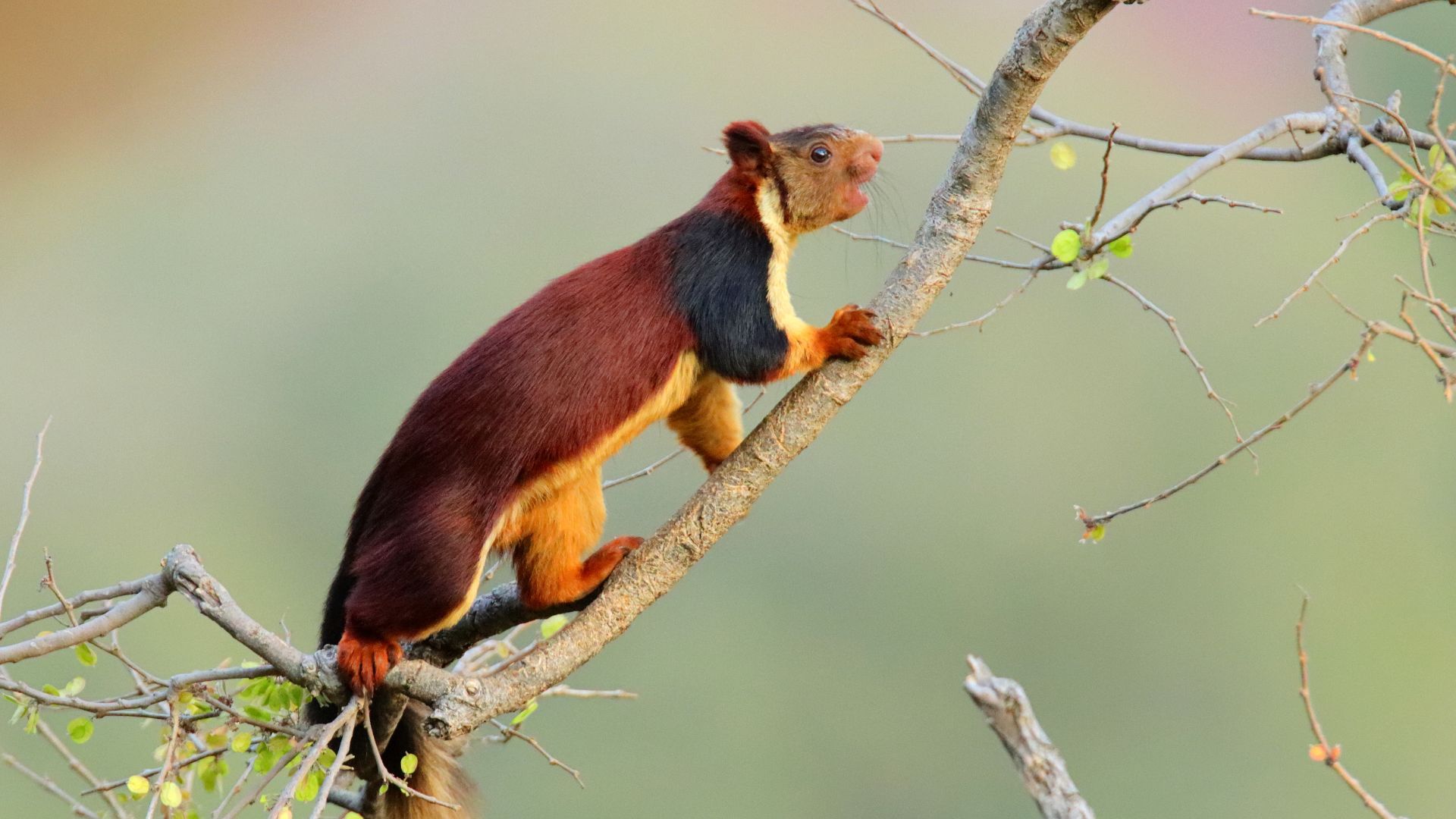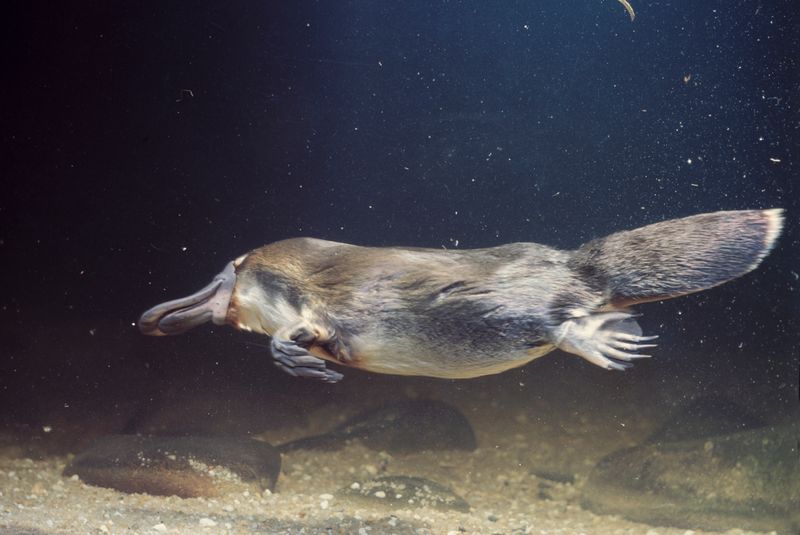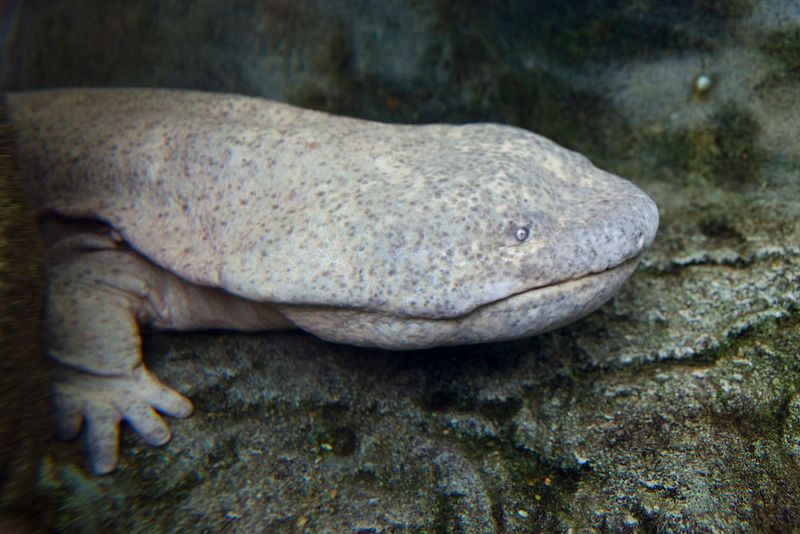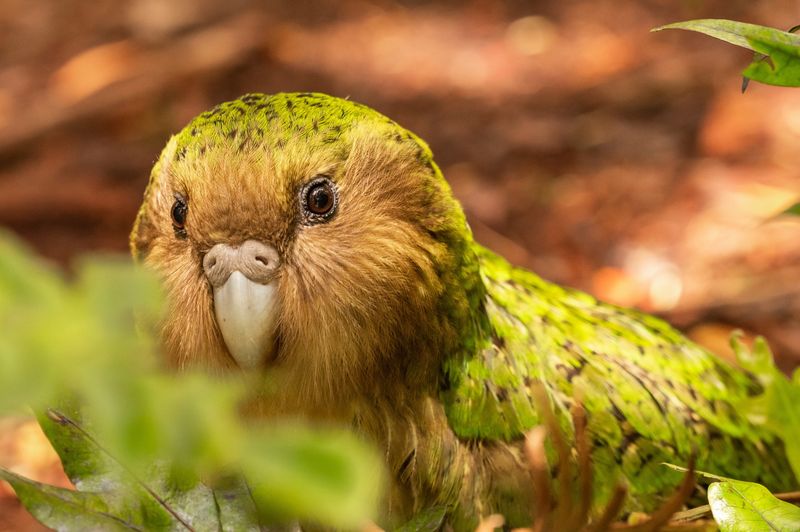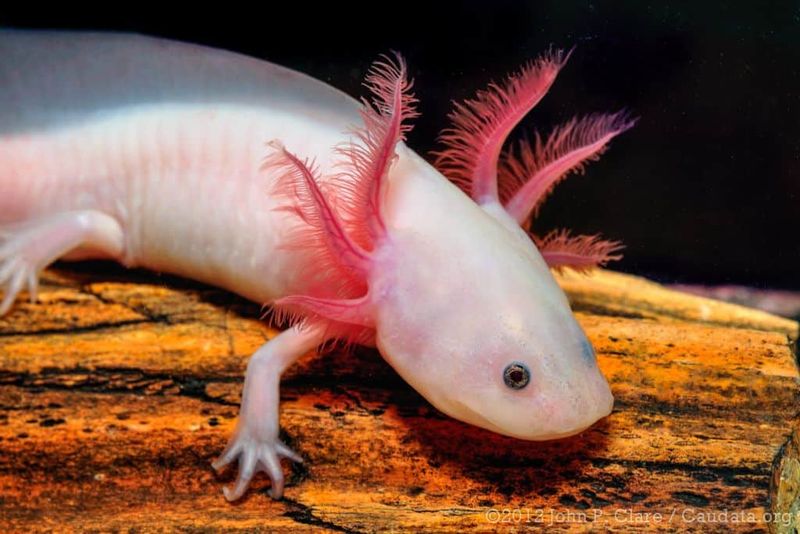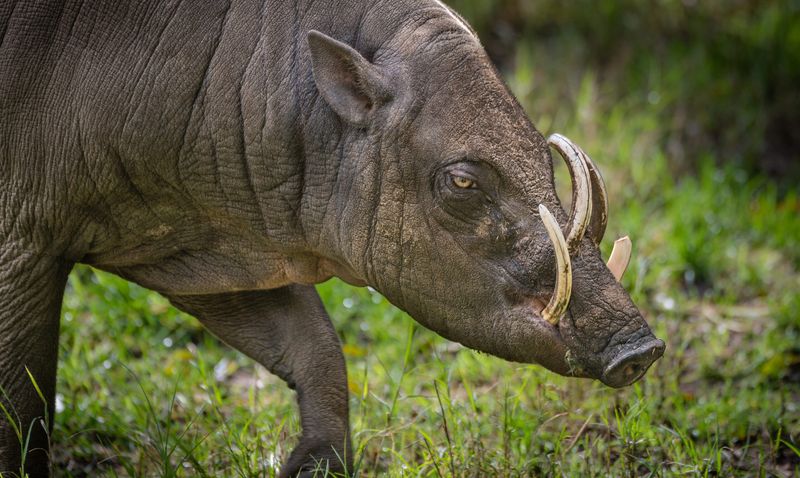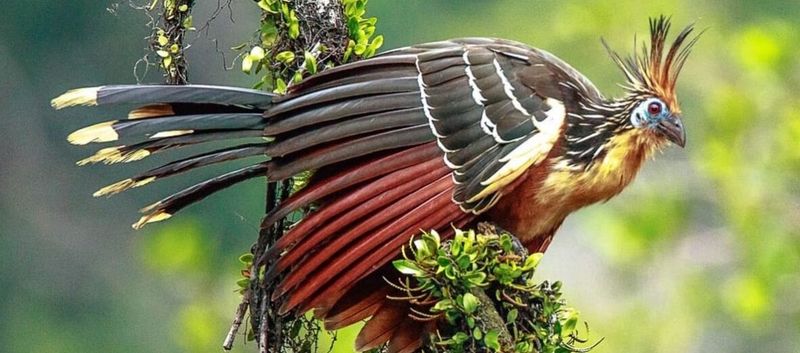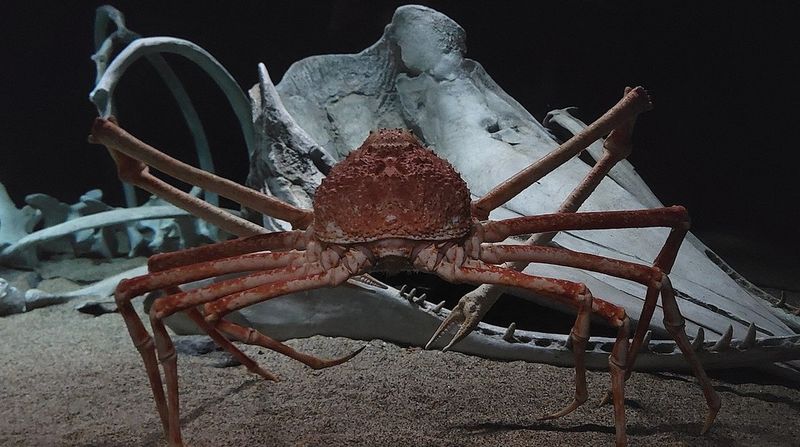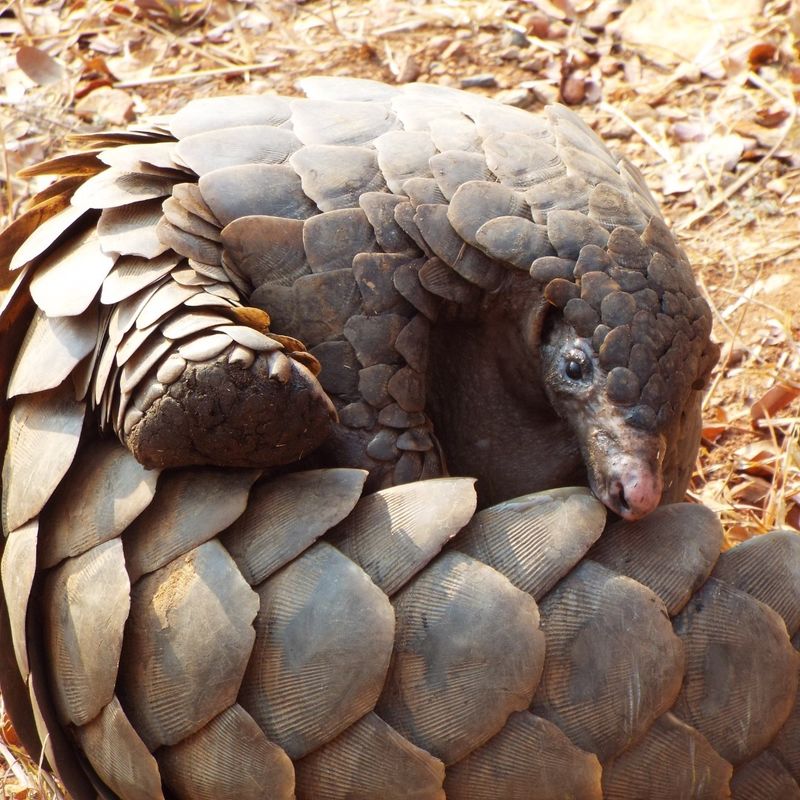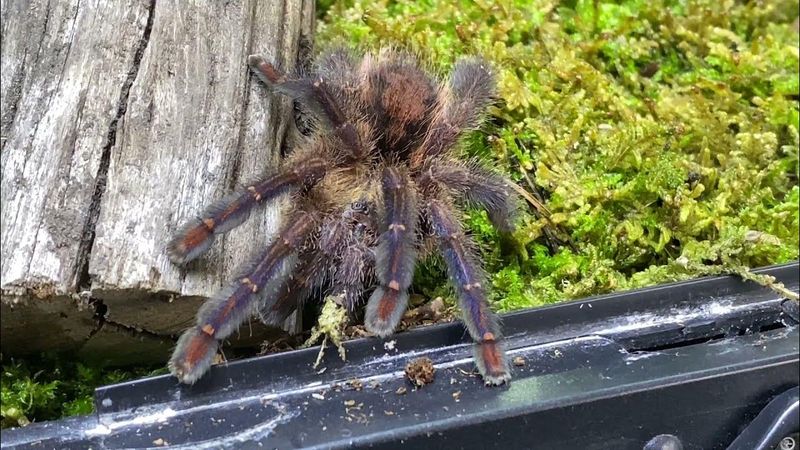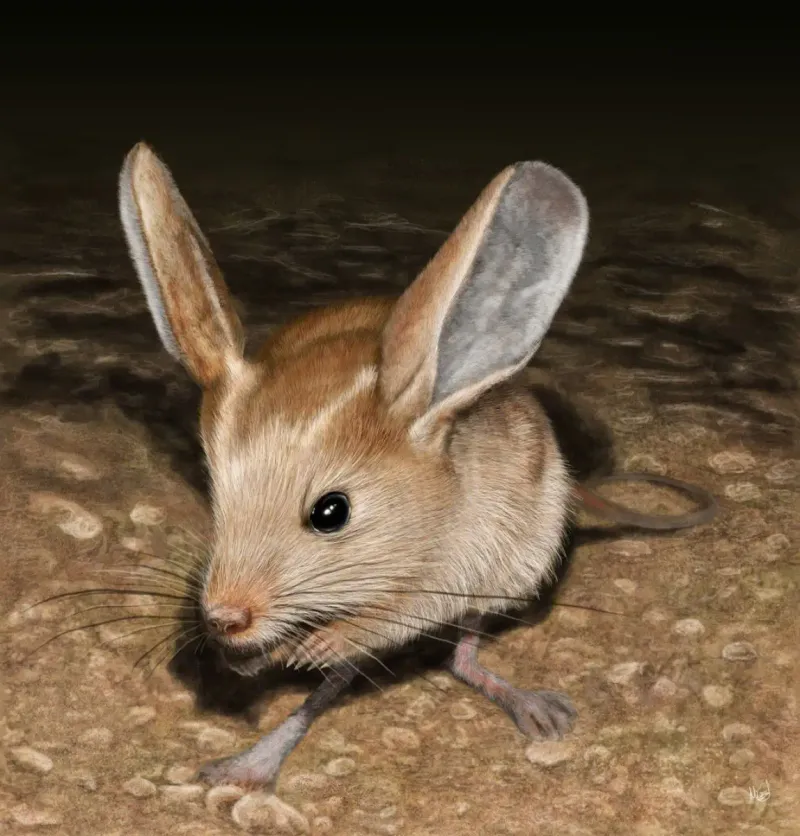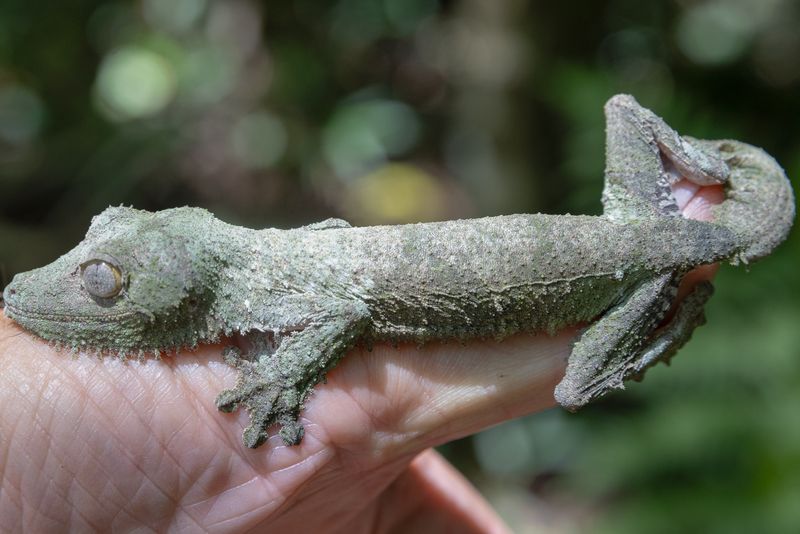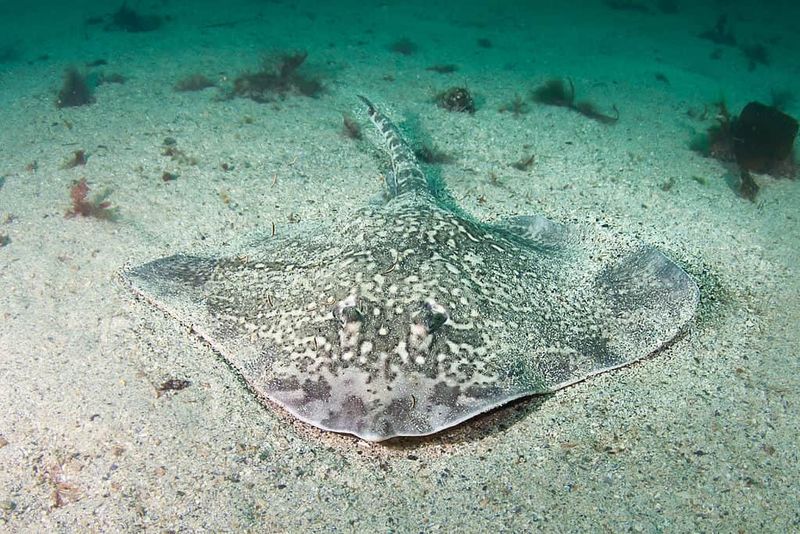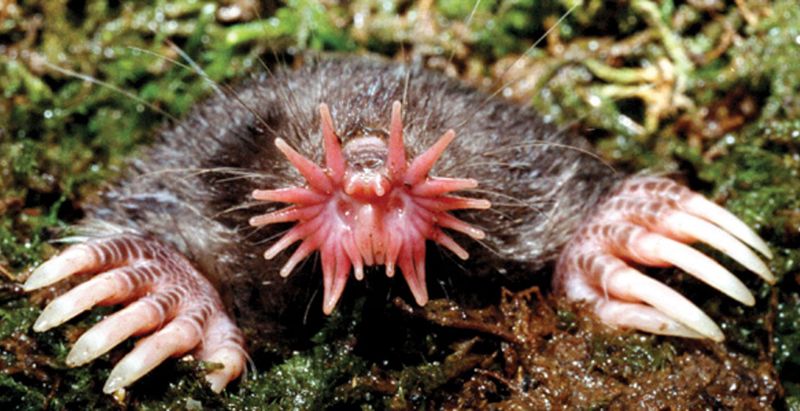Ever wonder what bizarre creatures are hiding out in far-off corners of the world? I’ve always been fascinated by the strange and wonderful animals that rarely make the headlines—and some of them are downright wild.
What really surprises me is how a few of these exotic oddballs remind me of the pests I chase out of my own garden. Turns out, the line between “weird wildlife” and “daily nuisance” isn’t always as clear as you’d think.
Come take a trip through 15 different countries and meet their weirdest animal residents—you might just see your backyard invaders in a whole new light.
1. Madagascar’s Aye-Aye: The Finger-Tapping Night Hunter
Locals believe seeing this lemur brings bad luck, and with its rat-like teeth, bat-like ears, and one unnaturally long middle finger, it’s easy to understand why. The aye-aye uses that creepy finger to tap on trees, listening for hollow spots where grubs might be hiding.
Much like how carpenter ants silently destroy wooden structures in our gardens, the aye-aye’s methodical tapping helps it locate prey inside trees. The first time I watched footage of an aye-aye hunting, I immediately thought of the systematic way aphids work through my rose bushes.
Their nocturnal habits also mirror those annoying nighttime slug raids on garden vegetables. Both creatures prefer darkness for their feeding activities, making them equally frustrating to catch in the act!
2. Australia’s Platypus: The Venomous Duck-Beaver Hybrid
Scientists thought the first platypus specimen was a hoax – a cobbled-together creation from different animals. With its duck bill, beaver tail, and otter-like body, this egg-laying mammal defies categorization. Male platypuses even pack venomous spurs on their hind legs!
Their habit of digging extensive burrows into riverbanks reminds me of how moles tunnel through garden beds, creating similar structural damage. Both animals are mostly hidden from view but leave behind unmistakable evidence of their presence.
Watching a platypus hunt underwater with closed eyes, using electrolocation to find prey, parallels how root-knot nematodes somehow navigate perfectly through soil to find plant roots. Both creatures have evolved specialized hunting techniques that make them remarkably efficient predators in their domains.
3. China’s Giant Salamander: The Living Fossil
Growing up to six feet long, these ancient amphibians make disturbing noises that earned them the nickname “baby fish” because they sound like a human infant crying. They’ve remained virtually unchanged for 170 million years, outlasting dinosaurs while hiding in remote mountain streams.
Their slimy skin and tendency to lurk under rocks remind me of the slugs that hide beneath garden stones during daytime. Both creatures emerge primarily in wet conditions and move with a similar undulating motion that’s somehow both fascinating and repulsive.
The way these salamanders can regenerate lost body parts mirrors how determined dandelions regrow from the tiniest root fragment left behind. I’ve noticed both possess remarkable survival adaptations that make them incredibly difficult to eliminate once established in an area.
4. New Zealand’s Kakapo: The Flightless Party Parrot
Critically endangered and comically round, these moss-green parrots cannot fly but can climb trees. During mating season, males dig bowl-shaped depressions and inflate like balloons, producing deep booming calls that can travel over three miles through forest.
Their bizarre mating ritual reminds me of the peculiar synchronized emergence of cicadas in my garden – both creatures putting tremendous energy into reproductive displays that seem almost absurdly elaborate. The male kakapo’s persistent booming calls continue night after night, much like the relentless chirping of crickets.
Kakapos freeze when threatened, relying on camouflage rather than flight – a strategy similar to how tomato hornworms remain motionless on plant stems, perfectly matching the green color. Spotting either in their natural setting requires careful observation and a trained eye.
5. Mexico’s Axolotl: The Smiling Regenerator
Found naturally only in Lake Xochimilco near Mexico City, these aquatic salamanders never undergo metamorphosis, remaining eternally juvenile with feathery external gills and a perpetual smile. Their most remarkable feature is the ability to regrow entire limbs, organs, and even portions of their brain.
Their regenerative powers remind me of how Japanese knotweed can regrow from fragments as small as half an inch – both organisms possessing cellular resilience that borders on supernatural. The axolotl’s persistent juvenile state parallels how certain garden pests seem to reproduce endlessly in successive generations.
Watching them hover nearly motionless in water, with only their gill filaments gently waving, brings to mind the deceptive stillness of spider mites before they suddenly explode in population across my plants. Both create a false sense of manageable numbers before revealing their true reproductive potential.
6. Indonesia’s Babirusa: The Pig With Self-Impaling Tusks
These bizarre pig relatives have upper canines that grow upward through their snouts and curve backward toward their foreheads. Without grinding them down, male babirusas can eventually have tusks so long they curve back into their own skulls – potentially fatal self-impalement.
Their destructive rooting behavior when searching for food reminds me of how grubs tear through lawn roots, leaving similar patterns of upturned earth and damaged vegetation. Both creatures transform intact ground into disturbed soil through their feeding activities.
The way babirusas constantly grow their tusks throughout life parallels how bindweed continues extending its runners regardless of how often I cut it back. Dealing with either requires regular maintenance rather than one-time solutions – a lesson I’ve learned through years of gardening struggles.
7. Brazil’s Hoatzin: The Prehistoric Stink Bird
Nicknamed the “stinkbird” due to its cow manure odor, this bizarre South American bird digests food in an enlarged crop rather than a stomach, similar to how cows ferment grass. Young hoatzins have claws on their wings they use to climb trees before they can fly.
Their tendency to build nests over water (dropping chicks in when threatened) reminds me of how squash bugs scatter when disturbed, with some inevitably falling into my garden pond. Both have developed escape strategies that sacrifice some individuals while ensuring others survive.
The hoatzin’s distinctive odor serves as a deterrent to predators, functioning much like how stink bugs release their notorious smell when threatened in my garden. Nature has repeatedly developed chemical defenses that make certain creatures distinctly unappetizing to potential threats.
8. Japan’s Japanese Spider Crab: The Deep Sea Giant
With a leg span reaching up to 13 feet, these massive crustaceans prowl the ocean floor around Japan, using decorating behavior to attach sponges and other marine life to their shells for camouflage. Despite their intimidating size, they’re primarily gentle scavengers.
Their habit of disguising themselves with environmental materials mirrors how certain caterpillars in my garden collect bits of leaves and debris to hide from predators. Both creatures understand that blending in offers superior protection to confrontation.
The crab’s extraordinarily slow movement and patient hunting style reminds me of how snails methodically work through my hostas – neither creature is quick, but their persistence makes them formidable garden adversaries. What they lack in speed, they make up for in thoroughness and determination.
9. South Africa’s Pangolin: The Walking Pinecone
Covered in overlapping keratin scales that account for 20% of their body weight, pangolins look like artichokes on legs. When threatened, they roll into tight balls that even lions can’t pry open. Their specialized tongues can extend longer than their entire body length.
The way they curl into protective balls reminds me of how pill bugs (roly-polies) in my garden instantly transform into tiny armored spheres when disturbed. Both animals have evolved physical defenses rather than speed as their primary survival strategy.
Pangolins’ methodical hunting for ants using their sticky tongues parallels how Japanese beetles systematically work through rose bushes, both creatures being surprisingly thorough despite their relatively small size. Watching either at work reveals a surprising efficiency that belies their somewhat comical appearance.
10. Ecuador’s Pink-Toed Tarantula: The Canopy Acrobat
Unlike ground-dwelling tarantulas, these pink-tipped arachnids live in trees throughout the Amazon rainforest. They’re so agile they can leap between branches and even glide short distances. Their venom isn’t dangerous to humans – it’s more like a bee sting.
Their hunting strategy of waiting motionless before striking with lightning speed reminds me of how ambush bugs in my garden sit frozen on flowers until pollinators land nearby. Both predators have mastered the art of patience followed by explosive movement.
The tarantula’s habit of building silken retreats high in trees parallels how tent caterpillars create protective webbing in my fruit trees. Each creates a safe headquarters from which they can venture out to hunt or feed, returning to their silken fortress when threatened.
11. Russia’s Long-Eared Jerboa: The Miniature Kangaroo Mouse
Found in the deserts of Mongolia and Russia, these nocturnal rodents have ears one-third larger than their entire body and legs built for kangaroo-like hopping. When moving at full speed, they can jump nearly 10 feet in a single bound relative to their tiny size.
Their remarkable jumping ability reminds me of how flea beetles in my garden can leap distances hundreds of times their body length when disturbed. Both creatures have evolved specialized leg muscles that provide explosive power despite their diminutive size.
The jerboa’s massive ears serve as cooling systems in hot deserts, similar to how Japanese beetles in my garden position themselves to avoid overheating on sun-exposed leaves. Both animals have developed clever adaptations to regulate body temperature in challenging environments.
12. Peru’s Leaf-Tailed Gecko: The Living Leaf Litter
Masters of disguise, these geckos have evolved bodies that perfectly mimic dead leaves, complete with irregular edges, veins, and even what appear to be insect-chewed holes. Their eyes can move independently like chameleons, scanning for prey while remaining perfectly still.
Their remarkable camouflage reminds me of how certain inchworms in my garden position themselves to look exactly like small twigs or leaf stems. Both creatures demonstrate that sometimes the best defense is simply not being seen at all.
The gecko’s hunting strategy of remaining motionless for hours before striking parallels how crab spiders in my garden flowers wait patiently for unsuspecting pollinators. I’ve watched both predators demonstrate extraordinary patience, sometimes waiting entire days for the perfect moment to ambush their prey.
13. Norway’s Thorny Skate: The Underwater Vacuum Cleaner
Cruising the frigid Norwegian seas, these bizarre fish have evolved bodies that look like living vacuum cleaners. Their mouths are located on their undersides, allowing them to suck up prey from the ocean floor as they glide overhead like living UFOs.
Their feeding strategy reminds me of how leafminer larvae move between the upper and lower surfaces of leaves in my garden, extracting nutrients while leaving visible trails behind. Both creatures systematically work through their feeding areas with remarkable thoroughness.
The skate’s ability to detect tiny electrical signals from buried prey parallels how wireworms somehow locate precisely where I’ve planted seeds in my vegetable garden. Both possess sensory abilities that seem almost supernatural in their accuracy, allowing them to find food hidden completely from view.
14. India’s Malabar Giant Squirrel: The Rainbow Tree Dweller
Growing up to three feet long, these colorful squirrels sport fur in shades of maroon, purple, orange, and blue – colors rarely seen in mammals. They can leap nearly 20 feet between trees and rarely descend to the ground during their entire lives.
Their habit of creating multiple nests throughout their territory reminds me of how leafcutter ants establish satellite colonies across my garden. Both animals maintain several bases of operation rather than centralizing their activities, making them particularly challenging to manage.
The squirrel’s tendency to harvest and store nuts for later consumption parallels how voles collect and cache bulbs from my flower beds. I’ve noticed both creatures demonstrate impressive memory for food locations, returning precisely to their storage spots months after initial collection.
15. Canada’s Star-Nosed Mole: The Fastest Eater on Earth
Sporting 22 fleshy tentacles around its nose, this bizarre mammal can identify and consume food faster than the human eye can follow – often in less than a quarter of a second. Those star-shaped appendages contain more touch receptors than the human hand despite being much smaller.
Their lightning-fast feeding reminds me of how Japanese beetles can skeletonize rose leaves in seemingly record time. Both creatures process their food with an efficiency that can transform intact items into remnants before you’ve even noticed their presence.
The mole’s ability to hunt effectively underwater despite poor vision parallels how root maggots navigate perfectly through soil to find vegetable roots. I’ve found both animals demonstrate that specialized senses can easily compensate for limited eyesight when it comes to locating food in challenging environments.

